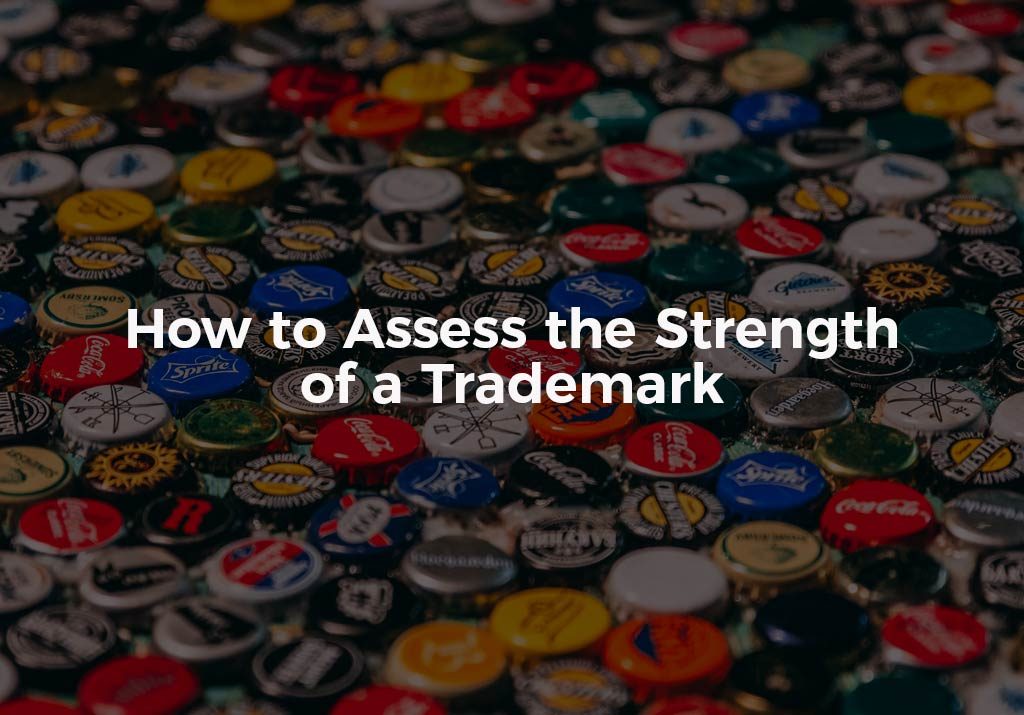Not all trademarks are eligible for registration with the United States Patent and Trademark Office (USPTO). In fact, the USPTO only reviews trademarks applications that are for distinctive trademarks. How distinctive a trademark is determined by whether the trademark is eligible for protection status. There are four categories of trademark distinctiveness: generic, merely descriptive (secondary meaning), suggestive and arbitrary or fanciful.
- Generic. Generic trademarks are generic terms for the good or product to which the trademark is attached. An example of a generic mark could be the trademark COOKIES for baked cookies. Generic marks are not distinctive by their very nature, and are thus often not awarded protected trademark status.
- Merely Descriptive. Merely descriptive trademarks are usually not sufficiently distinctive to warrant protection status. For example, the trademark SOFTS for a line of stuffed animals is merely descriptive of how the stuffed animals are soft. However, there are circumstances where a merely descriptive trademark acquires a secondary meaning in the mind of the consumer. In the case that a merely distinctive trademark acquires secondary meaning, and that secondary meaning can be demonstrated with evidence, then the trademark could be eligible for protective status. IBM, which stands for International Business Machines, is an example of a merely descriptive trademark that acquired secondary meaning to consumers.
- Suggestive. Suggestive trademarks are considered to be distinctive because suggestive trademarks often require some level of imagination on the part of the consumer in order for the consumer to understand the underlying nature or feature of the product or good that the mark is attached to. Suggestive trademarks are usually quite clever in that they suggest that a good or product has certain attributes, which are commonly associated with the trademark. Well known examples of successful suggestive trademarks include Greyhound for a line of busses (suggesting that the busses are a fast mode of transportation) and Android for AI interactive software (suggesting that the software is smart like a robot).
- Arbitrary or Fanciful. When a known word is used as a trademark for an unrelated product or good, the trademark is considered arbitrary. This is because the trademark has nothing to do with the product or good that the arbitrary mark is used with. Apple for laptop computers is a good example of an arbitrary trademark. Fanciful marks involve made up words that are only imbued with meaning when associated with the product or good that they are used for. Exxon is a made-up word that has no known meaning other than when put into context with the oil and gas production trade that the mark is used for. Arbitrary and fanciful trademarks squarely fall into the realm of distinctive trademarks.
Are You Concerned That Your Trademark Is Not Distinct? Call Us To Discuss
At The Rapacke Law Group, we have worked with countless clients to secure trademark protection when needed. We can help you to better understand the distinctiveness requirement for trademarks. We at RLG understand that your clients will come to know your trademark and will grow to trust your product, and we want to help you protect your valuable trademark assets. If you would like to learn more, please feel free to give us a call.



